Home>Storage Ideas>Storage Baskets>How To Clean Mold From Wicker Baskets
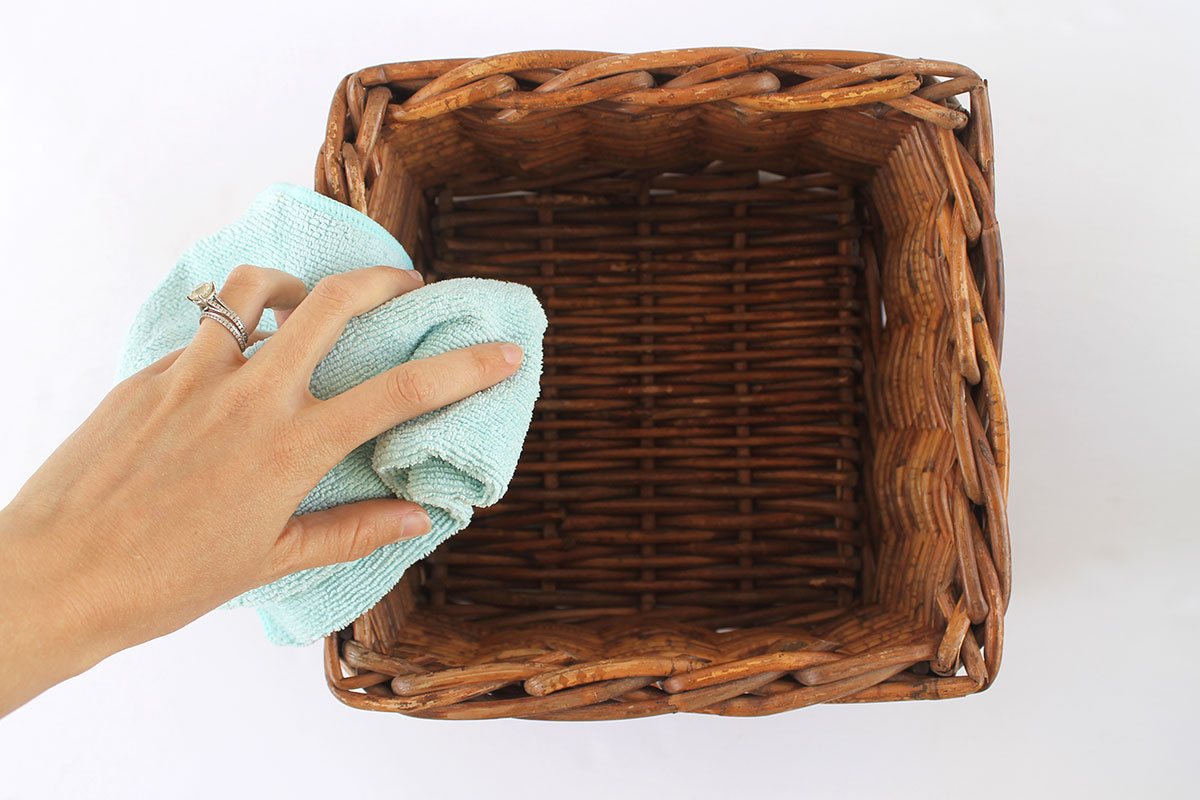

Storage Baskets
How To Clean Mold From Wicker Baskets
Modified: December 7, 2023
Looking for ways to clean mold from your wicker storage baskets? Discover effective methods and tips in this helpful guide to keep your baskets mold-free.
(Many of the links in this article redirect to a specific reviewed product. Your purchase of these products through affiliate links helps to generate commission for Storables.com, at no extra cost. Learn more)
Introduction
Welcome to the ultimate guide on how to clean mold from wicker baskets. Whether you have inherited some vintage wicker baskets or you recently purchased new ones, it’s essential to keep them clean and free from mold. Wicker baskets are not only functional and versatile storage solutions but also decorative pieces that add charm to any room. However, due to their natural material and porous nature, wicker baskets are prone to mold growth if not properly maintained.
Mold not only looks unsightly but can also be a health hazard. It thrives in humid environments and can trigger allergies, respiratory issues, and other health problems. While it is important to regularly clean and maintain your wicker baskets to prevent mold growth, it is equally crucial to know how to effectively remove mold if it does occur.
In this comprehensive guide, we will explore the causes of mold growth on wicker baskets and provide you with step-by-step instructions on how to clean and remove mold from your beloved wicker baskets. Additionally, we will share some valuable tips on preventing mold growth to help you keep your wicker baskets looking beautiful and mold-free for years to come.
So, grab your cleaning supplies and let’s dive into the world of wicker basket mold removal!
Key Takeaways:
- Say goodbye to mold and hello to well-preserved wicker baskets by following the step-by-step guide to effectively remove mold and prevent its recurrence. Keep your baskets beautiful and functional for years to come!
- Arm yourself with the necessary supplies and knowledge to confidently tackle mold removal from wicker baskets. With proper care and occasional cleaning, your baskets will continue to serve as stylish and practical storage solutions.
Read more: What Are Wicker Baskets Made From?
Understanding Mold on Wicker Baskets
Mold is a type of fungus that thrives in damp and humid environments. Wicker baskets, with their natural fibers, provide an ideal breeding ground for mold if proper care is not taken. Mold growth on wicker baskets can occur due to various factors, including high humidity levels, moisture exposure, and poor air circulation.
When mold starts to grow on wicker baskets, it typically appears as black or greenish patches on the surface. The mold can penetrate deep into the fibers, causing discoloration and a musty odor. If left untreated, mold can weaken the structure of the basket and eventually destroy it.
One of the common causes of mold growth on wicker baskets is exposure to moisture. If the baskets come into contact with water or are stored in a damp area, such as a basement or bathroom, the conditions become favorable for mold spores to thrive. In addition, wicker baskets placed in high-humidity areas, such as near steamy bathrooms or in poorly ventilated spaces, are more susceptible to mold growth.
Another factor that contributes to mold growth on wicker baskets is the accumulation of dirt, dust, and organic materials. These substances provide nutrients for mold to grow and multiply. Over time, if the baskets are not regularly cleaned or stored in a clean environment, mold can start to develop.
It is important to note that mold on wicker baskets not only affects their appearance but can also pose health risks. Mold spores can become airborne and cause allergic reactions or respiratory issues in susceptible individuals. Therefore, it is essential to address mold growth promptly and take preventive measures to avoid its recurrence.
Now that you understand the causes and potential risks associated with mold growth on wicker baskets, let’s move on to the supplies you will need for effective cleaning.
Supplies Needed for Cleaning
Before you begin cleaning mold from your wicker baskets, it is important to gather all the necessary supplies. Having the right tools and cleaning agents will ensure that you can effectively remove the mold without causing damage to the baskets. Here are the essential supplies you will need:
- Soft-bristle brush: A soft-bristle brush will help you gently scrub the mold off the wicker without causing any damage. Look for a brush with bristles that are firm enough to remove the mold but not overly abrasive.
- Vacuum cleaner with brush attachment: A vacuum cleaner with a brush attachment will help you remove loose mold spores and debris from the basket’s surface and crevices. This step is important before you start cleaning with any liquids.
- White vinegar: White vinegar is a natural disinfectant and an effective mold killer. It is also safe to use on wicker baskets. Make sure to use distilled white vinegar for best results.
- Mild detergent: A mild detergent or dish soap will help in cleaning the wicker baskets and removing any leftover mold residue. Look for a gentle formula that is safe to use on delicate materials.
- Bucket or basin: You will need a bucket or basin to mix your cleaning solution. Make sure it is large enough to submerge the affected parts of the basket.
- Microfiber cloths: Microfiber cloths are ideal for drying the baskets after cleaning. They are highly absorbent and gentle on the wicker surfaces.
- Old toothbrush: An old toothbrush can be used to reach into tight corners and crevices of the wicker where mold may be hiding.
- Protective gear: To protect yourself during the cleaning process, it is advisable to wear gloves, a mask, and goggles. This will help prevent direct contact with mold spores and minimize the risk of respiratory irritation.
Having these supplies ready will make the cleaning process more efficient and ensure that you have everything you need to tackle the mold on your wicker baskets. Once you have gathered your supplies, it’s time to prepare for cleaning.
Preparing for Cleaning
Before you begin the process of cleaning mold from your wicker baskets, it is important to take a few preparatory steps to ensure a successful and safe cleaning experience. Here are some essential tips to help you prepare:
- Select a well-ventilated area: Mold spores can become airborne during the cleaning process, so it is important to work in a well-ventilated space. Open windows and doors to allow fresh air to circulate and wear a mask to minimize the inhalation of mold spores.
- Take the baskets outside if possible: If weather permits and the mold growth is extensive, consider taking the baskets outside for cleaning. This will further reduce the risk of spreading mold spores indoors.
- Remove any loose mold: Before proceeding with any cleaning solution, use a vacuum cleaner with a brush attachment to gently remove any loose mold spores and debris from the surface and crevices of the wicker baskets.
- Test the cleaning solution on a small area: Before applying any cleaning solution to the entire basket, test it on a small, inconspicuous area to ensure it does not cause discoloration or damage to the wicker. This will help you determine the appropriate cleaning method for your specific baskets.
- Protect yourself: Mold can cause allergies and respiratory irritation, so it is essential to protect yourself during the cleaning process. Wear gloves, a mask, and goggles to minimize direct contact with mold spores and prevent any health issues.
- Remove any loose items from the baskets: If your wicker baskets have any loose items stored inside, remove them before cleaning. This will make it easier to clean the baskets thoroughly and ensure that no mold spores or debris are left behind.
By following these preparatory steps, you are setting yourself up for a successful mold removal process. You are also taking the necessary precautions to protect your health and prevent further spreading of mold spores. Now that you’re all set, let’s move on to the next step – removing mold from your wicker baskets.
To clean mold from wicker baskets, mix equal parts water and white vinegar in a spray bottle. Spray the affected areas, let it sit for 15 minutes, then scrub with a brush. Rinse and dry thoroughly.
Removing Mold from Wicker Baskets
Now that you have prepared for the cleaning process, it’s time to tackle the task of removing mold from your wicker baskets. Follow these step-by-step instructions to effectively eliminate the mold:
- Create a cleaning solution: In a bucket or basin, mix equal parts of white vinegar and water. This natural solution will help kill the mold spores and disinfect the wicker baskets.
- Submerge the affected areas: If only a small portion of the basket is affected by mold, submerge that particular area in the cleaning solution. For larger areas, you may need to clean the entire basket. Let the baskets soak in the solution for about 15-20 minutes to allow the vinegar to penetrate the mold and loosen its grip.
- Gently scrub the mold: Using a soft-bristle brush or an old toothbrush, gently scrub the affected areas of the wicker baskets in a circular motion. Focus on the areas with visible mold spots and make sure to reach into the crevices and corners.
- Rinse with clean water: After thoroughly scrubbing the mold, rinse the wicker baskets with clean water to remove any remaining vinegar solution and mold residue. Ensure that all the cleaning solution is completely removed.
- Allow the baskets to dry: Place the baskets in a well-ventilated area or outdoors to air dry completely. It is important to ensure that the baskets are completely dry before using or storing them to prevent any residual moisture that could lead to future mold growth.
- Inspect and repeat if necessary: Once the baskets are dry, carefully inspect them for any remaining mold spots. If any mold is still present, repeat the cleaning process until the baskets are mold-free.
- Dispose of cleaning materials: Dispose of any used cleaning materials, such as the vinegar solution and brushes, in a sealed bag to prevent spreading any residual mold spores.
By following these steps, you can effectively remove mold from your wicker baskets and restore them to their natural beauty. However, it is important to note that severe mold infestations or delicate wicker baskets may require professional cleaning or restoration services.
Now that you have successfully removed the mold, let’s explore some helpful tips for preventing mold growth and keeping your wicker baskets in pristine condition.
Read more: How To Decorate Wicker Baskets
Tips for Preventing Mold Growth
Preventing mold growth on your wicker baskets is essential to maintain their beauty and longevity. By following these helpful tips, you can minimize the chances of mold recurring on your baskets:
- Keep baskets in a well-ventilated area: Proper air circulation is key to preventing mold growth. Make sure to keep your wicker baskets in well-ventilated areas with good airflow to reduce humidity and moisture buildup.
- Avoid exposing baskets to excessive moisture: Wicker is susceptible to moisture damage, so it is crucial to keep the baskets away from direct contact with water or excessive humidity. Avoid placing them near sinks, showers, or areas prone to leaks.
- Regularly clean your baskets: Regularly dust and clean your wicker baskets to prevent the buildup of dirt, dust, and organic materials which can provide a breeding ground for mold. Use a soft brush or vacuum cleaner to remove any surface debris.
- Inspect for mold regularly: Routinely inspect your wicker baskets for any signs of mold growth. Catching it early will make the removal process easier and help prevent it from spreading to other areas.
- Avoid storing baskets in damp areas: When storing your wicker baskets, choose a dry and well-ventilated space. Avoid damp basements, garages, or humid areas, as these can promote mold growth. Consider using moisture-absorbing products, such as silica gel packs, in storage containers to keep the environment dry.
- Apply a protective sealant: Consider applying a protective sealant specifically designed for wicker baskets. This can help make the baskets more resistant to moisture and mold growth. Follow the manufacturer’s instructions for application.
- Use a dehumidifier: If you live in a particularly humid environment, using a dehumidifier can help reduce moisture levels in the air and prevent mold growth not only on your wicker baskets but throughout your home as well.
By implementing these preventive measures, you can ensure that your wicker baskets remain clean, mold-free, and in excellent condition for years to come. Regular maintenance and vigilance are key to preventing mold growth and preserving the beauty and functionality of your cherished wicker baskets.
Now that you are armed with the knowledge on how to prevent and remove mold from wicker baskets, you can confidently enjoy the beauty and functionality they bring to your living space.
Remember, with proper care and occasional cleaning, your wicker baskets will continue to serve as stylish and practical storage solutions for many years to come.
Conclusion
In conclusion, knowing how to clean and prevent mold growth on wicker baskets is essential for maintaining their beauty, functionality, and durability. Mold can not only ruin the appearance of your baskets but also pose health risks. By following the steps outlined in this guide, you can effectively remove mold from your wicker baskets and prevent its recurrence.
Remember to gather all the necessary supplies before starting the cleaning process. A soft-bristle brush, white vinegar, mild detergent, and microfiber cloths are among the essential tools needed. Preparing for cleaning by selecting a well-ventilated area, removing loose mold, and protecting yourself is equally important.
When it comes to removing mold, create a cleaning solution using vinegar and water, submerge the affected areas, gently scrub using a brush, rinse with clean water, and allow the baskets to air dry completely. Repeat the process if necessary and dispose of any used cleaning materials properly.
To prevent mold growth on your wicker baskets, make sure to keep them in well-ventilated areas, avoid excessive moisture exposure, regularly clean them, inspect for mold, and store them in dry spaces. You can also apply a protective sealant and use a dehumidifier if needed.
By implementing these tips, you can ensure that your wicker baskets remain mold-free, beautiful, and functional for years to come. With proper care and maintenance, your wicker baskets will continue to serve as elegant and versatile storage solutions in your home.
So, take the time to clean and protect your wicker baskets regularly, and enjoy the benefits of their timeless charm and practicality. Say goodbye to mold and hello to well-preserved wicker baskets that enhance the aesthetics of your living space!
Frequently Asked Questions about How To Clean Mold From Wicker Baskets
Was this page helpful?
At Storables.com, we guarantee accurate and reliable information. Our content, validated by Expert Board Contributors, is crafted following stringent Editorial Policies. We're committed to providing you with well-researched, expert-backed insights for all your informational needs.
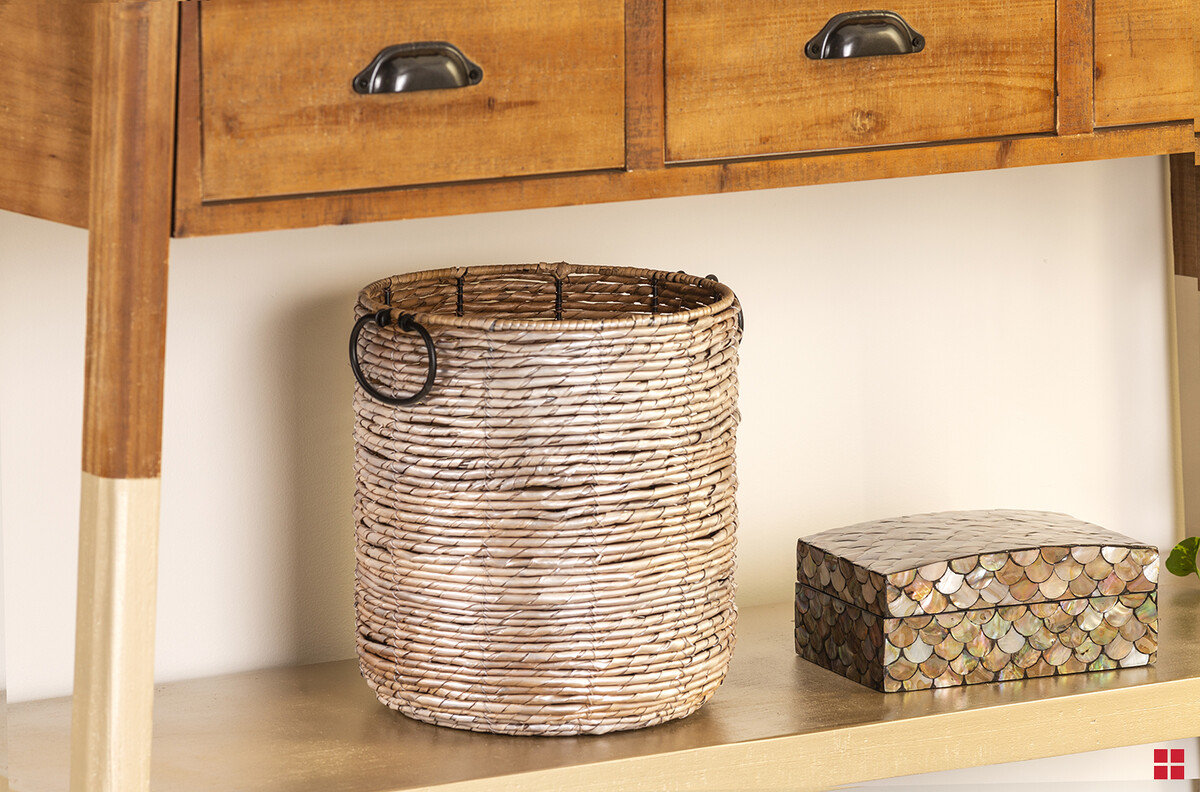
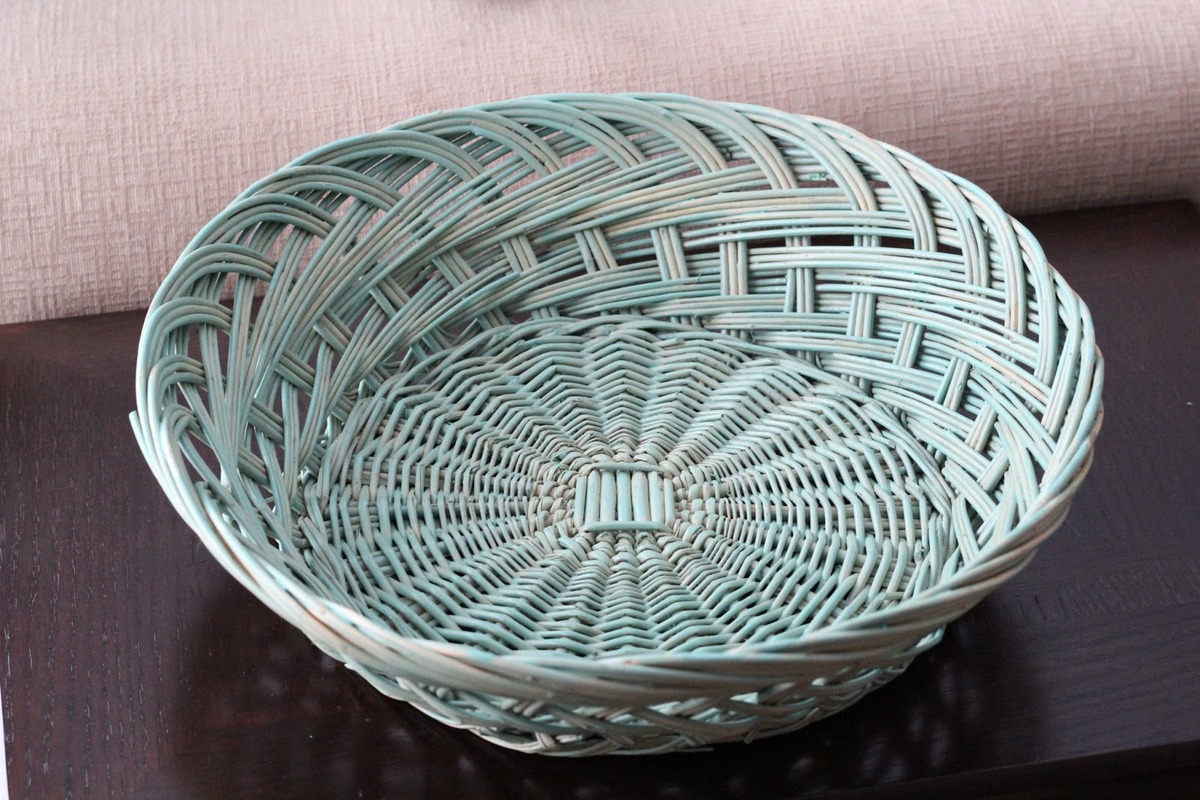
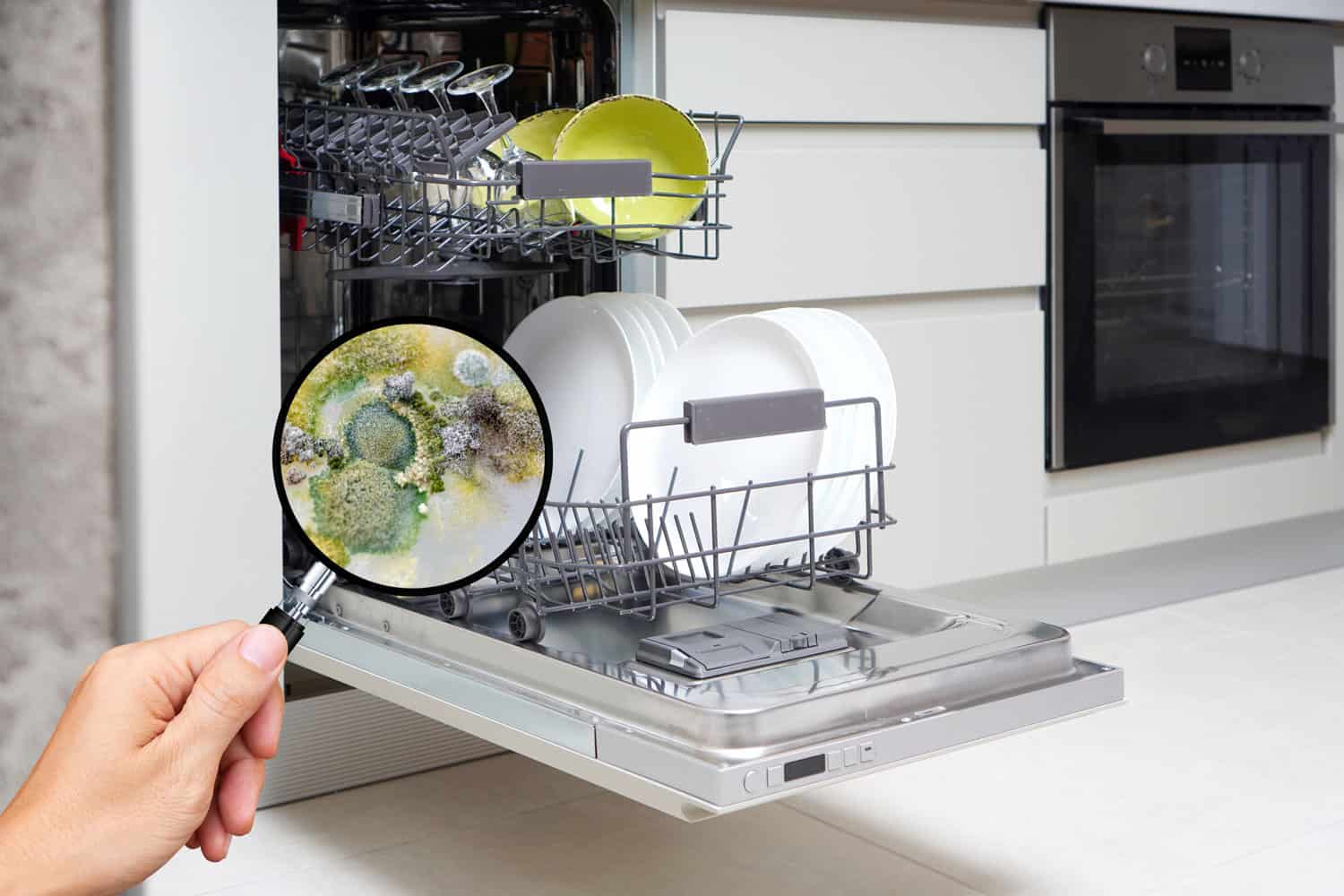
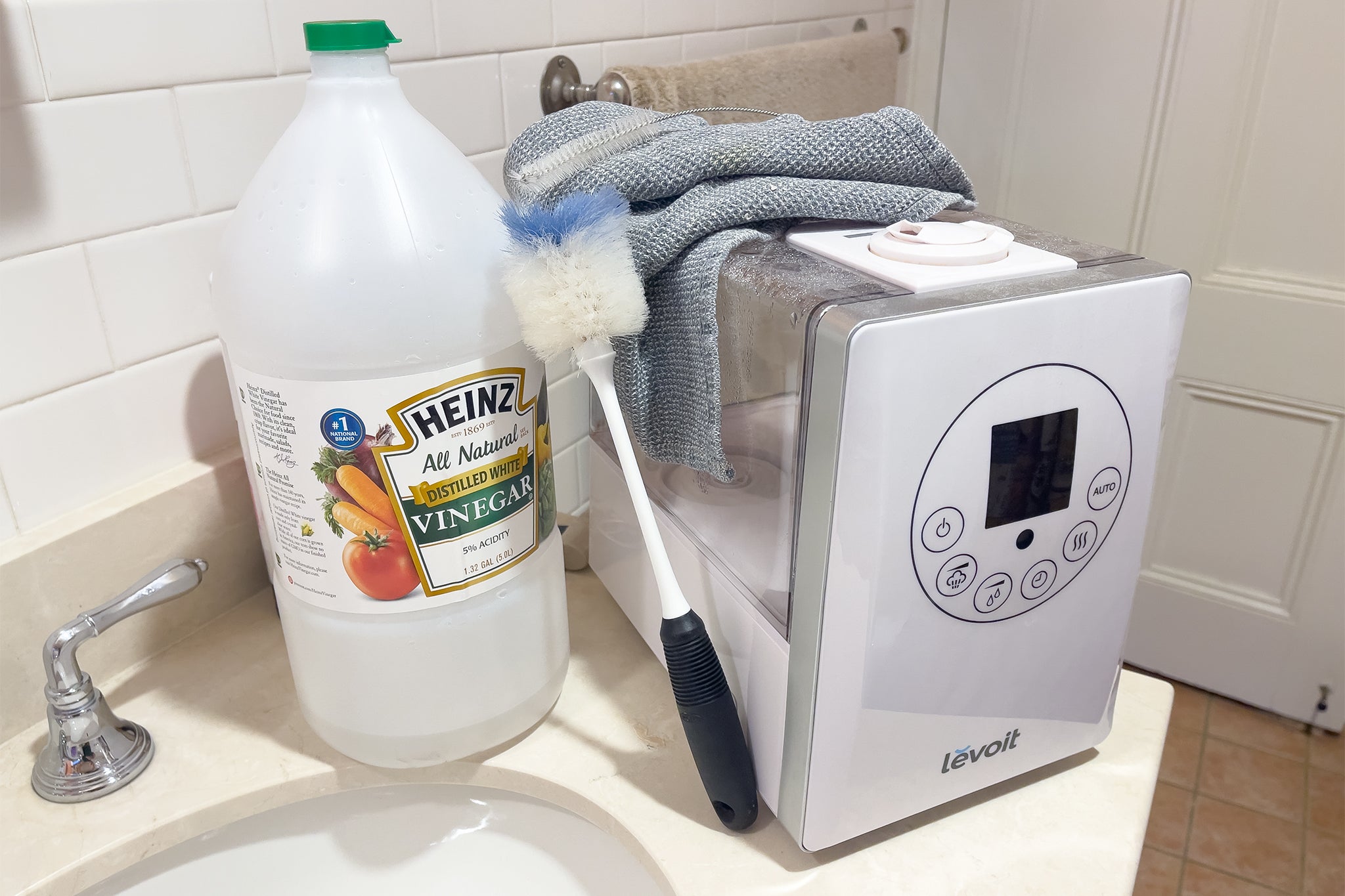
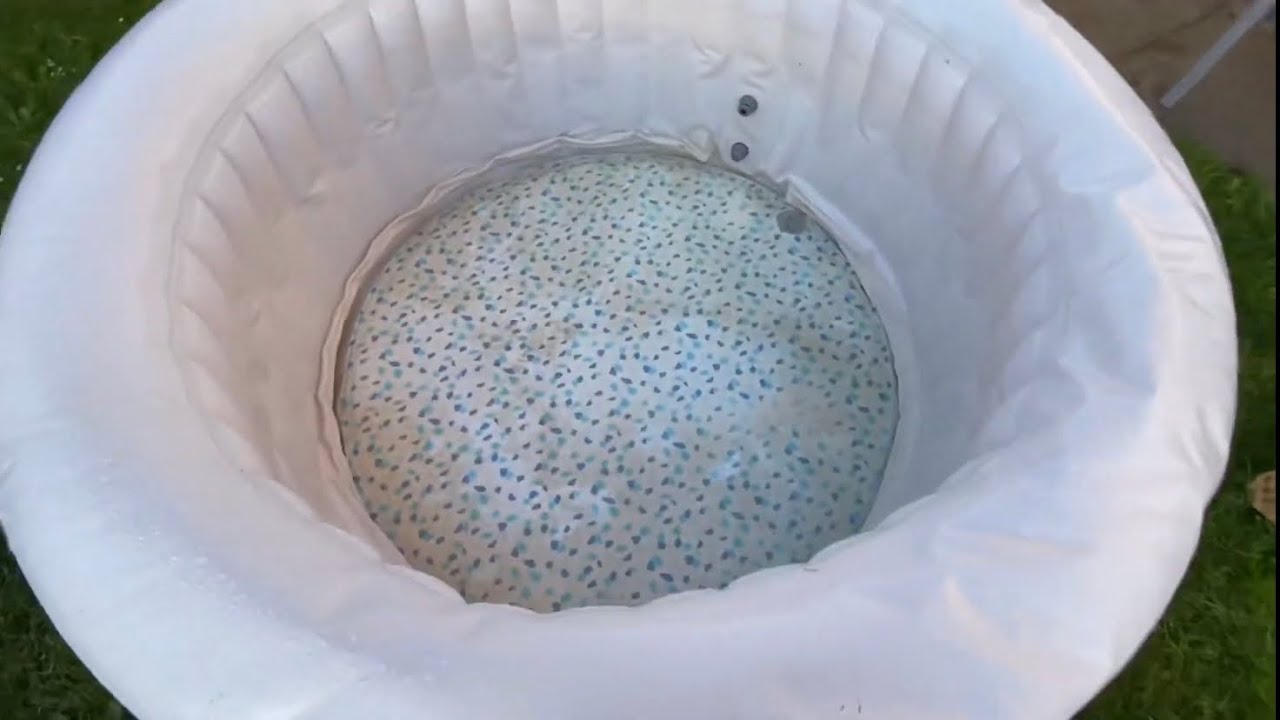
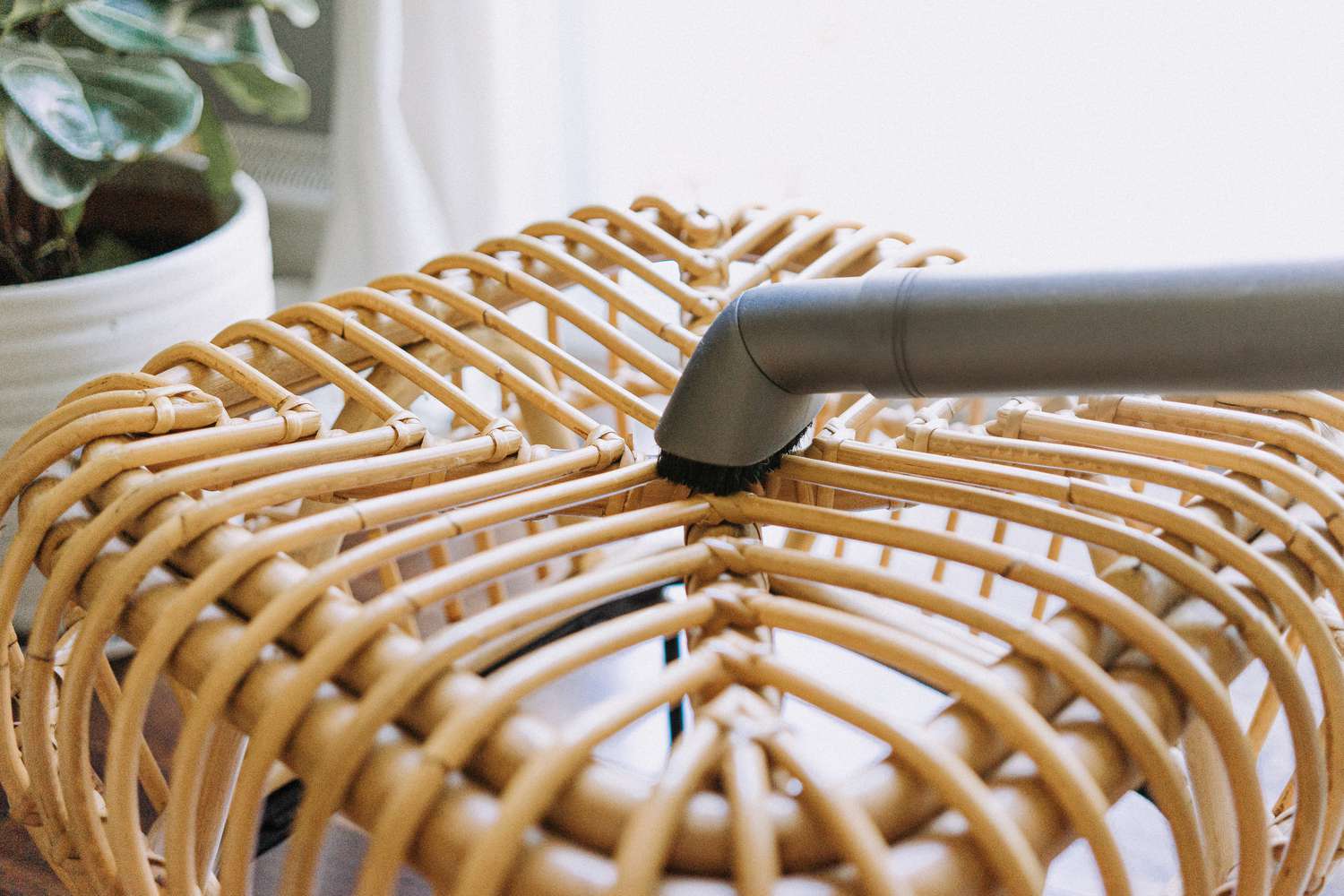

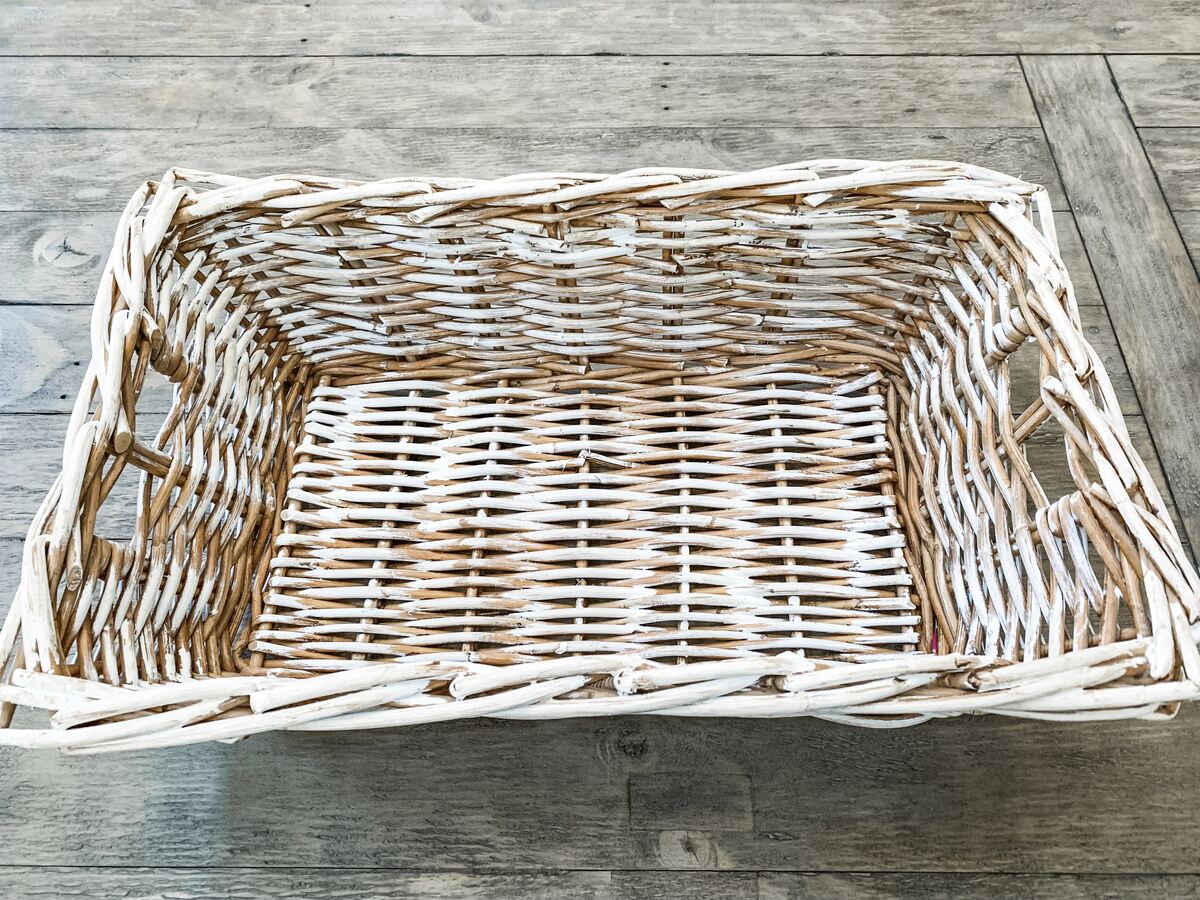
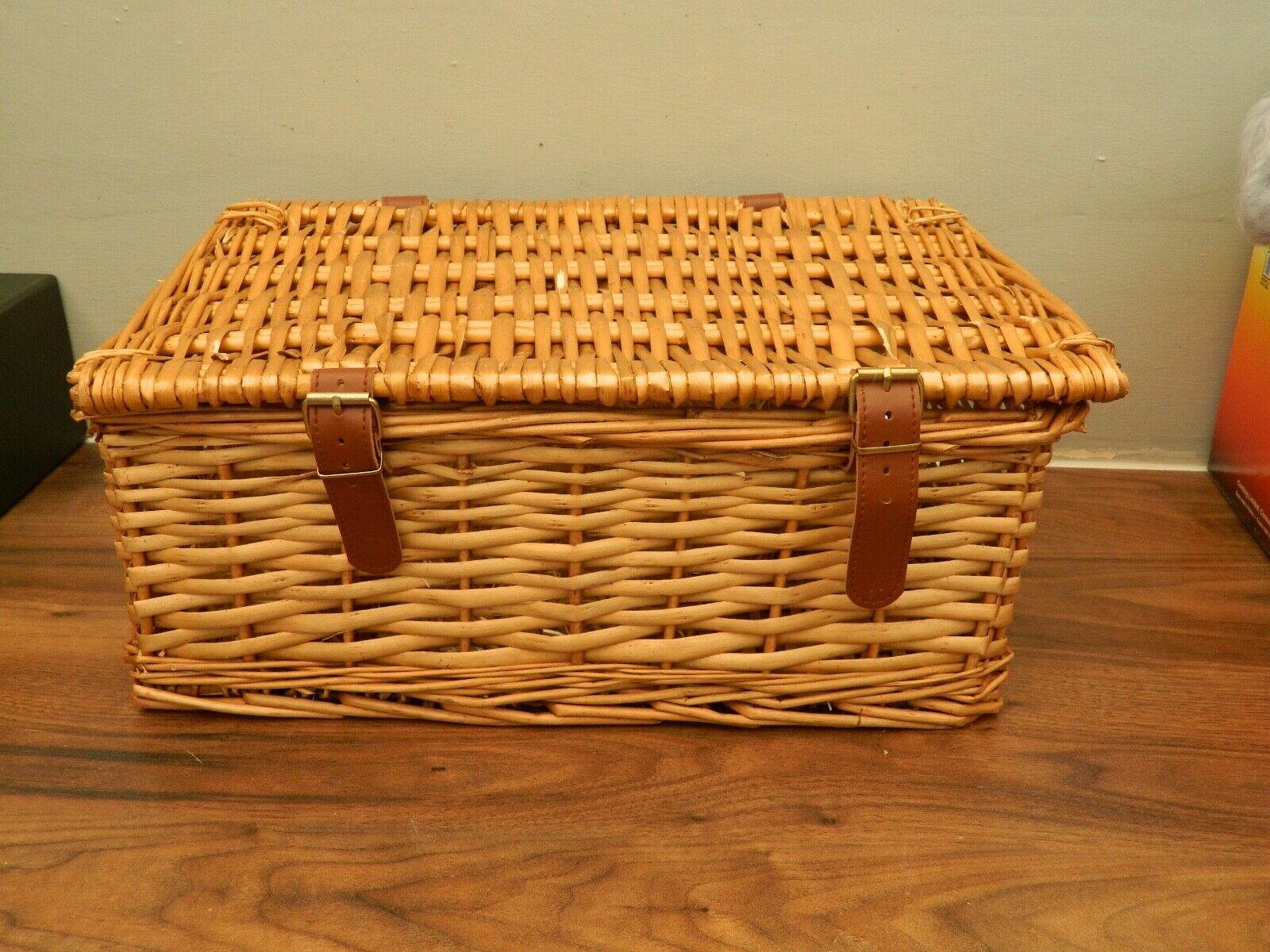
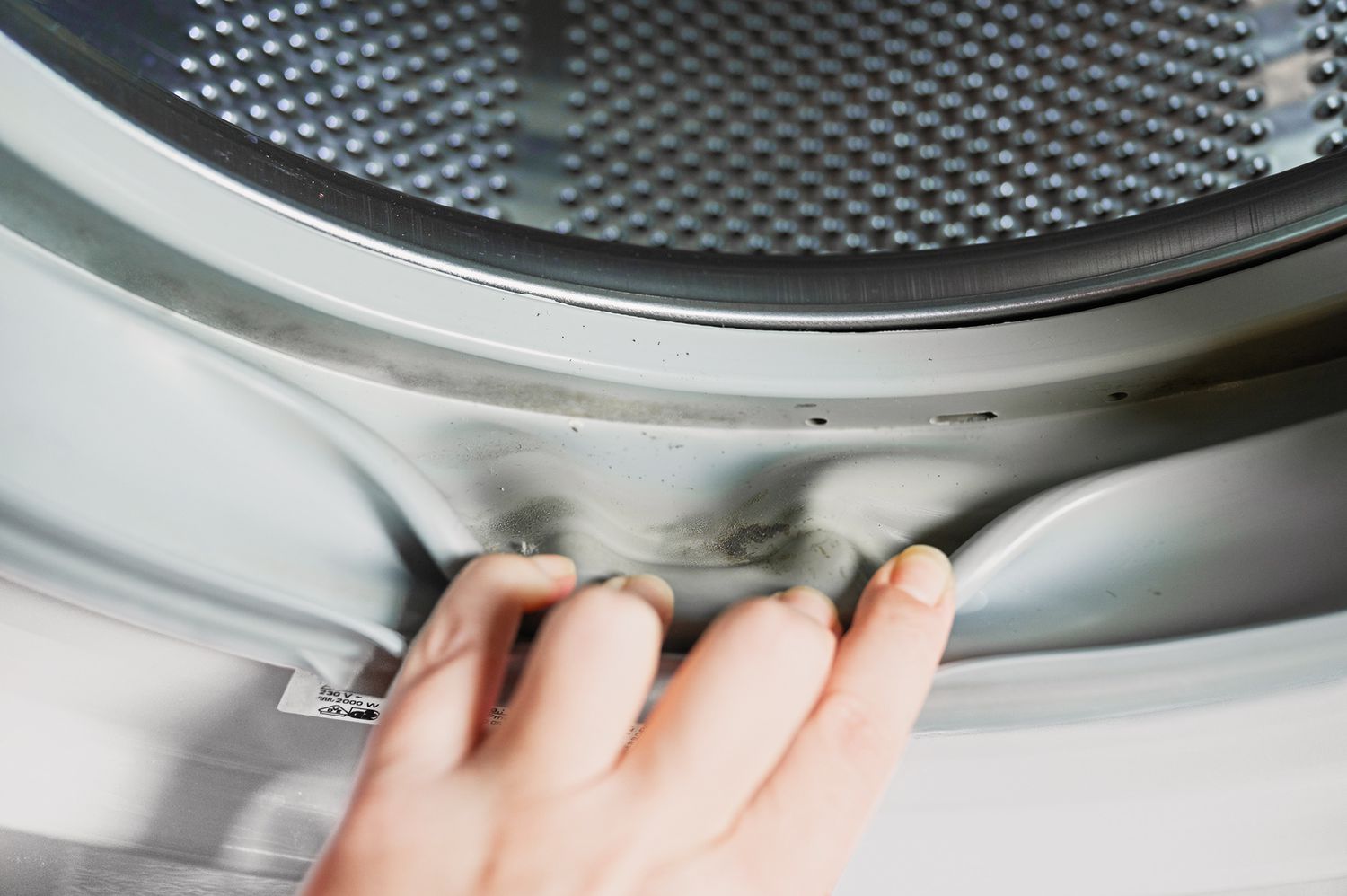
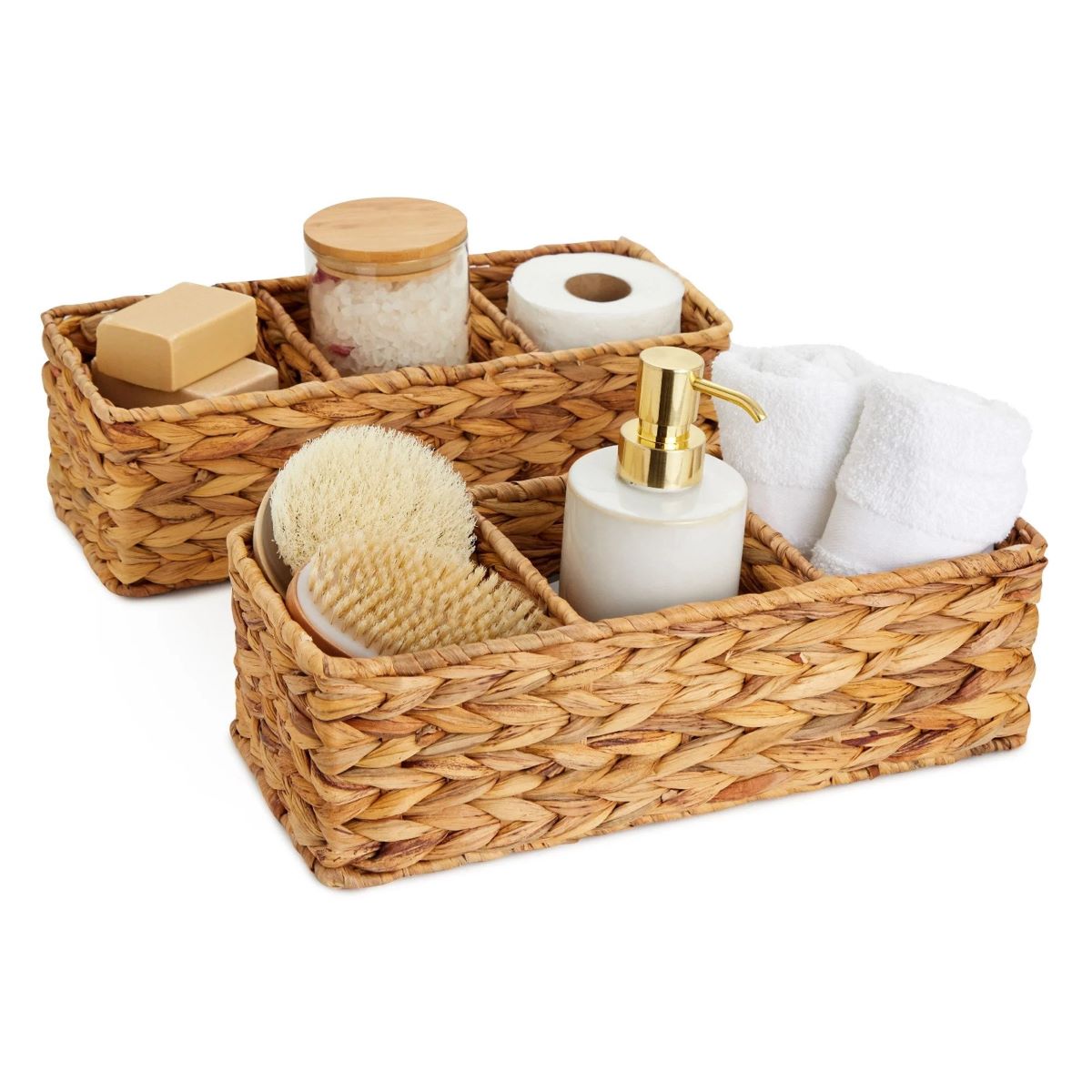
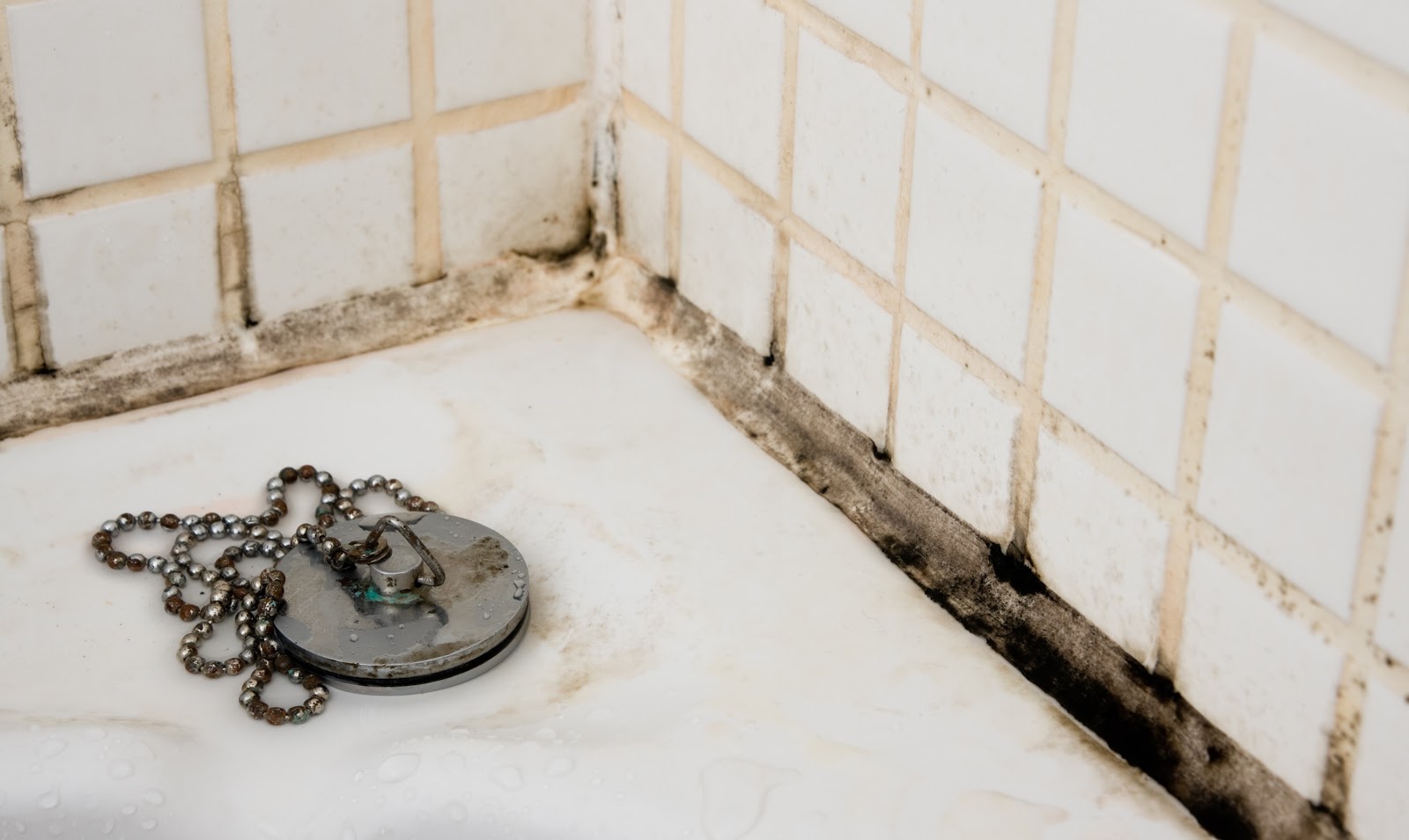
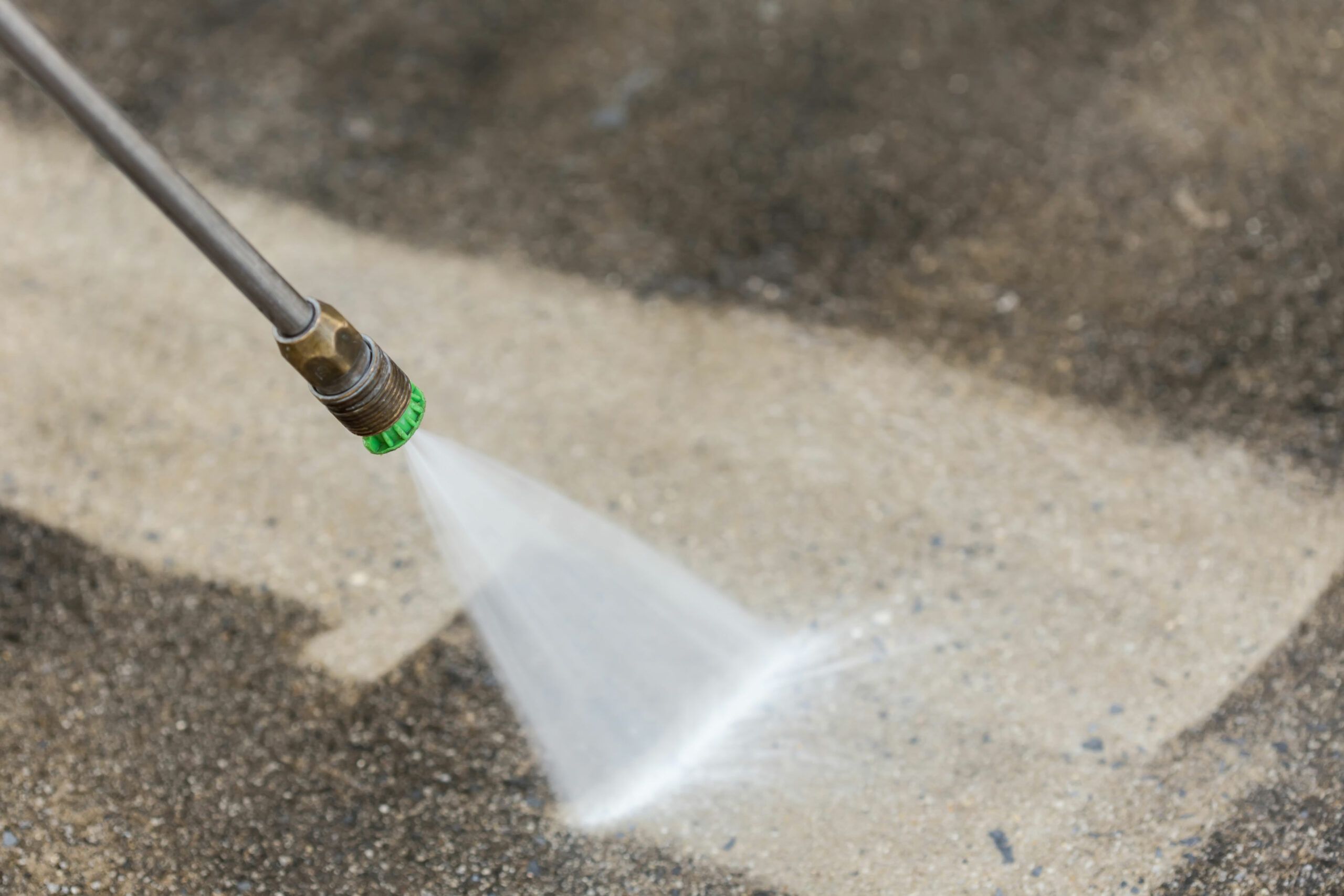
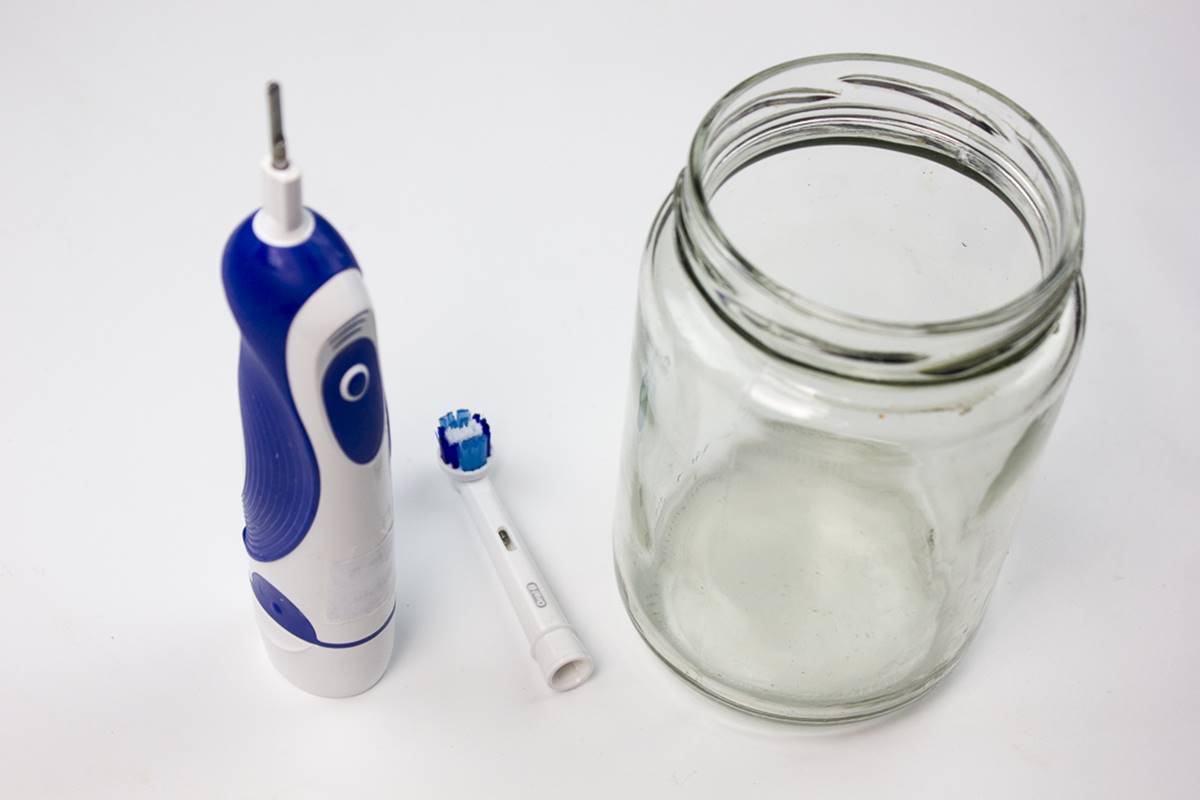

0 thoughts on “How To Clean Mold From Wicker Baskets”